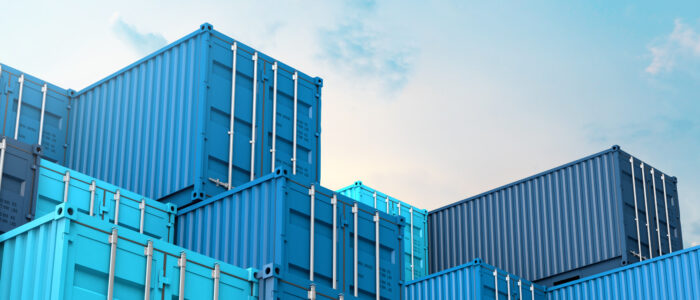The West Coast port congestion continues to present new challenges to resolution. To recap, with the onset of the pandemic, e-commerce and import traffic devolved into a wildfire, but with quarantine restrictions and not enough port staff, processing this traffic slowed to a near stand-still. To ease the burden, many sailings were rerouted from the West Coast to the East Coast. Unfortunately, they suffered from the same issues, and now some sailings have been rerouted to Gulf Coast.
Sharing the workload among the ports has led to some ease, but now that the cargo has been processed into the ports, land transport is facing the same issues with not enough staff or equipment to keep the cargo moving, resulting in a container backlog. Railroads have cited a lack of locomotives, chassis, and shippers refusing to return equipment in a timely manner. Even the Secretary of Transportation Pete Buttigieg has gotten involved to urge these companies to do what must be done to resolve these issues.
However, the shortage of rail workers is not directly pandemic-related. STB Chairman Martin Oberman has said, “Over the past six years, the Class 1s collectively reduced their workforce by 29% – about 45,000 employees cut from payrolls. In my view, all this has directly contributed to where we are today. The railroads simply do not have a sufficient number of employees.”
The STB will hold a public hearing on April 26 and 27 where carriers will be called on to answer for their response.
In addition, a West Coast dockworkers’ labor contract is set to expire in July. While negotiations are expected to go well, it’s another facet to an already complicated question.
Here at Nelson, we’re monitoring the situation as it develops and we’re committed to not only keeping our clients informed but to solutions that best fit our clients’ needs. If you have any questions about this situation or any other concerns, please don’t hesitate to contact your Nelson representative.


Comments are closed.